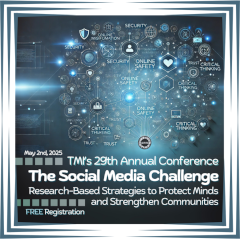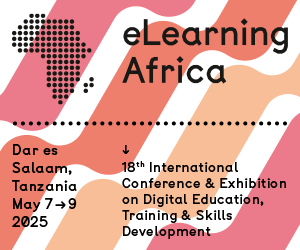Trainer1 launches practical eLearning courses
London (UK), May 2008 - Trainer1, one of the UK's leading independent eLearning specialists, has added four 'entry level' one-day training courses to its portfolio of successful eLearning and instructional design (ID) related courses.
Branded as intensely practical courses, providing hands-on experience for a small group of some four to six delegates - ensuring a high degree of individual tutorage - the courses are:
- Practical eLearning induction: covering history; jargon; using an authoring tool; eLearning design; Web 2.0 collaboration; using a learning management system (LMS) as an administrator, and, generally, 'how it feels to be involved in eLearning'.
- Practical eLearning authoring: focusing on what it's like to use an authoring tool, along with tools that create Flash and rich media content; as well as how to publish learning materials to an LMS. During this course delegates create a short eLearning module, and publish it to both an LMS and a DVD.
- Practical media development: dealing with the concepts and capabilities of audio, video and graphics within eLearning. In particular, the course enables delegates to create video and audio within eLearning materials; create a podcast; source and manage graphics as well as appropriate media - and then combine these into eLearning.
- Practical rapid development: providing experience in transferring information from various sources into an object of eLearning via applying 'rapid' instructional design techniques, 'rapid' layout, templates and 'rapid' publishing skills.
Trainer1's Neil Lasher, the author of the 'UVID' model and 'A list' ID rules, whose ID clients include the Open University, 24 Scottish Councils and the British Army as well as organisations in the USA, Canada and Russia, commented: "These courses are intended both for those who are relatively new to the concept and practice of eLearning as well as those who just want to learn more."
"The courses aim to provide a practical answer to how an organisation's human resources function can make the best use of the capabilities, knowledge and skills that exist within the organisation to enable that organisation to make the most of its competitive advantage - or, in the public sector, provide better value for money for taxpayers."










